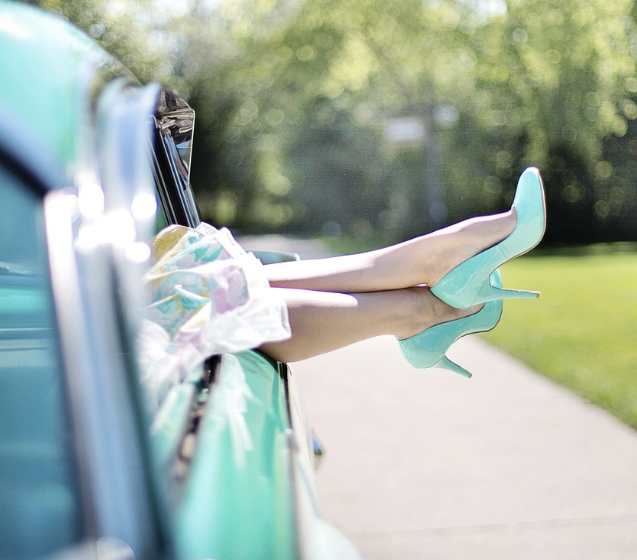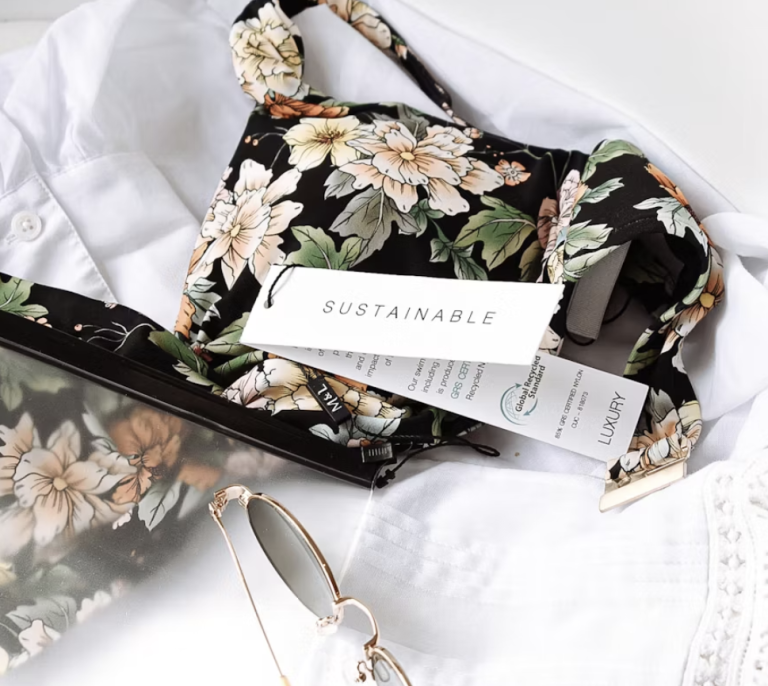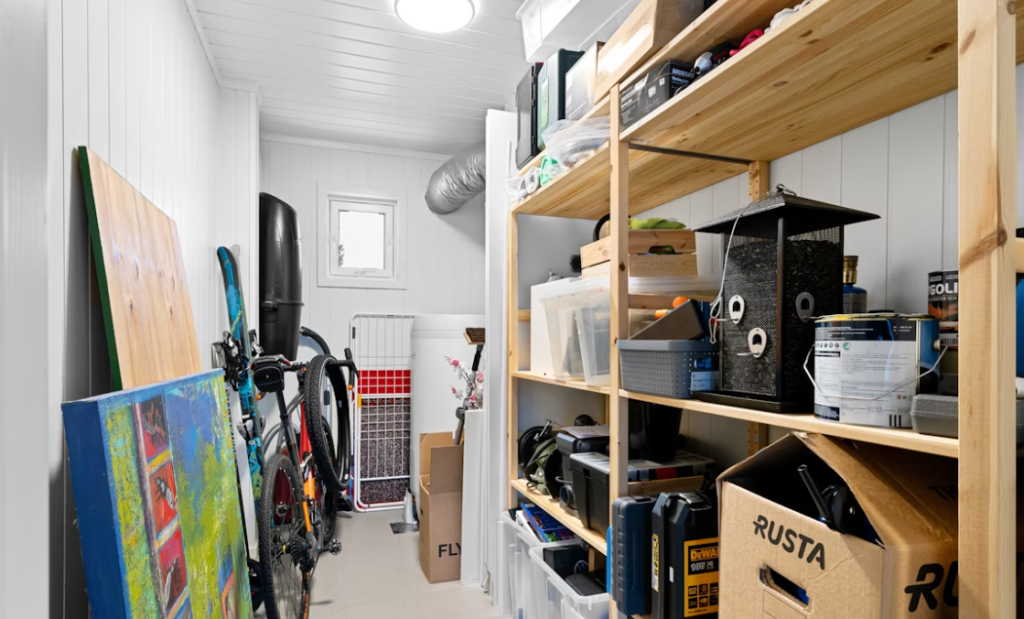
Imagine waking up to a space that feels light, clean, and peaceful. No piles of stuff nagging at your attention, no overflowing drawers, no chaos hiding in closets. That’s not just a dream—it’s the power of minimalism. And guess what? It doesn’t just clean up your space—it can literally cut your need for outside services in half. Let’s explore how.
What Is Minimalism, Really?
More Than Just a Trend
Minimalism isn’t just about tossing out old socks or having white walls. It’s a mindset. It’s the art of intentionally choosing less—less stuff, fewer commitments, and more purpose. In a world obsessed with “more,” minimalism offers the radical freedom of “enough.”
Minimalism vs. Decluttering
Decluttering is a task; minimalism is a lifestyle. While you might declutter your closet once a year, minimalism influences how you shop, what you keep, and even how you think. It’s a long-term mindset shift, not a weekend project.
How Clutter Drains Your Resources
Financial Strain from Overconsumption
Every item you own costs you money—not just when you buy it, but when you maintain it. That fancy coffee machine? It needs cleaning, descaling, parts replacements. Multiply that by dozens or even hundreds of “nice-to-have” items, and you’re bleeding cash on upkeep and replacements.
The Emotional Toll of Mess
Clutter isn’t just physical—it’s mental. Studies show a direct link between messy environments and higher cortisol (stress) levels. Ever tried to relax in a messy room? It’s like trying to meditate in a rock concert.
Modern Life Services and Why We Need Them
Let’s face it—we’ve gotten used to outsourcing our chaos. Here are just a few of the services people turn to because their lives (and homes) are overloaded:
Cleaning Services
When your house is bursting at the seams, cleaning becomes a Herculean task. That’s when people throw money at professional cleaners just to stay afloat.
Storage Units
Out of sight, out of mind—right? Not really. Americans spend over $38 billion annually on storage units. That’s money paid to keep things you probably forgot you even owned.
Organizing Consultants
Professional organizers have boomed in the Netflix era. Their services are gold—but often only because the client owns too much stuff in the first place.
Mental Health and Wellness Coaches
While mental health is complex, some of our anxiety and overwhelm stem from a disorganized, overly busy environment. Less physical clutter can often mean less mental clutter.
Less Stuff, Less Need
Eliminating Cleaning Overload
Minimalism makes cleaning simpler and faster. Fewer surfaces, less dust collection, and fewer knickknacks to move around. A minimalist home can often be cleaned in half the time.
Downsizing Storage Space
Once you embrace minimalism, your need for extra closets, garage space, or a monthly storage unit disappears. Everything you need fits comfortably into your living space.
Saying Goodbye to Professional Organizers
When you only keep what serves you, there’s no need to hire someone to help you sort through mountains of stuff. You become your own expert in simplicity.
Mental Clarity Without the Price Tag
Less clutter = more headspace. Instead of hiring life coaches to help manage your overwhelm, you can often find clarity just by stripping back your environment.
How Minimalism Improves Your Time, Money, and Mindset
More Time for What Matters
When you’re not spending time organizing, cleaning, or shopping, you free up hours—yes, hours—every week. That time goes back into relationships, hobbies, or self-care.
Financial Freedom
Minimalists often report saving hundreds—even thousands—every year. When you stop buying duplicates or non-essentials, your wallet breathes easier.
Mental Peace and Emotional Clarity
Your surroundings impact your thoughts. A minimalist space breeds a minimalist mind—clear, focused, and calm. You’ll feel more present and less reactive.
Success Stories: Real People Who Simplified and Thrived
Case Study 1: The Mom Who Quit Cleaning Services
Rachel, a busy mom of three, was spending $300/month on cleaners. After adopting minimalism, she cut her cleaning time by 70% and canceled the service. She reinvested that money in family activities.
Case Study 2: The Millennial Who Ditched His Storage Unit
Josh, a city dweller, realized he hadn’t visited his storage unit in over a year. He sold or donated 80% of the contents and saved $1,200/year by closing the unit for good.
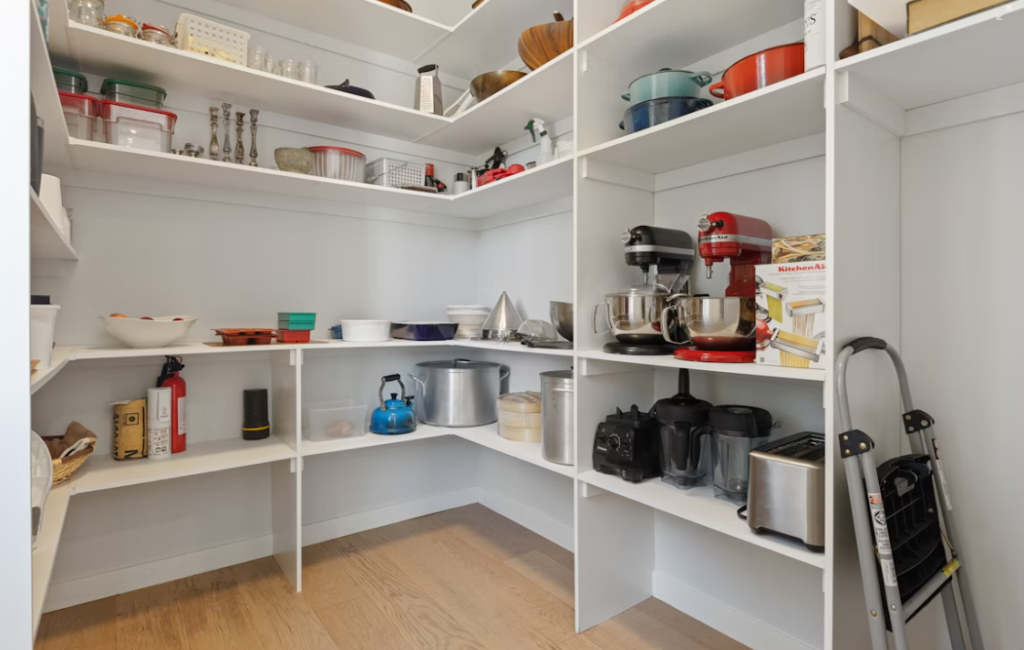
Your First Steps Toward Minimalism
Start Small, Think Big
You don’t have to overhaul your life in one weekend. Start with a junk drawer or your car. Progress, not perfection, is the goal.
Use the One-In, One-Out Rule
For every new item you bring in, let one go. This keeps your space from overflowing again and trains your mind to choose intentionally.
Digitize Where You Can
Go paperless with receipts, bills, photos, and books. You’d be shocked how much space you can free up just by going digital.
Sustaining the Minimalist Lifestyle
Declutter Seasonally
Just like your wardrobe changes with the seasons, your home should too. Use seasonal shifts as prompts to reevaluate what’s essential.
Create Mindful Habits
Before buying anything, ask: “Do I need this, or am I bored/emotional?” This simple question can prevent dozens of impulse buys.
Focus on Purposeful Consumption
Buy fewer things, but better ones. Quality over quantity ensures longevity and reduces future needs.
Conclusion: The Calm After the Clutter
Minimalism isn’t about living with nothing—it’s about living with intention. When you choose less, you gain more: more time, more peace, and more money in your pocket. And the best part? You’ll need fewer services to maintain your life. From cleaning and storage to therapy and coaching, simplicity can truly be your greatest life hack.
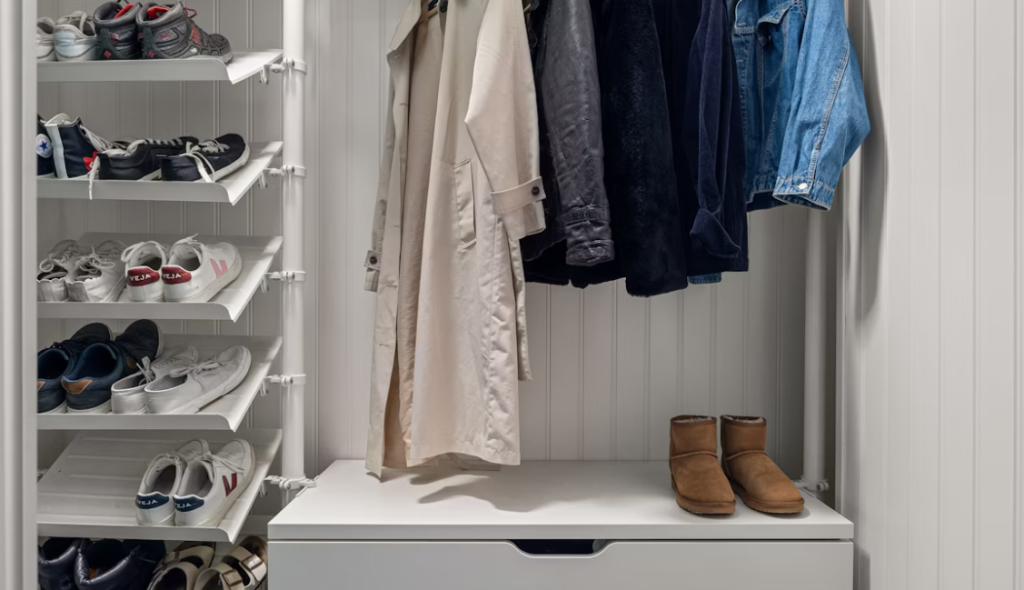
Frequently Asked Questions
1. Can I practice minimalism with a family or kids?
Absolutely! In fact, families often benefit the most. It teaches children the value of simplicity and helps create a calm, organized home.
2. Do I need to get rid of everything I love to be a minimalist?
Not at all. Minimalism is about keeping what adds value, not stripping away joy. If it brings you happiness and serves a purpose, it stays.
3. How quickly will I see the benefits?
Many people notice mental clarity and reduced stress within days. Financial and time benefits follow as you continue the journey.
4. Is minimalism the same as being frugal?
Not exactly. Frugality is about saving money, while minimalism is about intentional living. They often overlap, but they aren’t identical.
5. What’s the biggest challenge of becoming a minimalist?
Letting go of things tied to emotions or “what if” thinking. But with practice, it becomes easier—and incredibly liberating.

